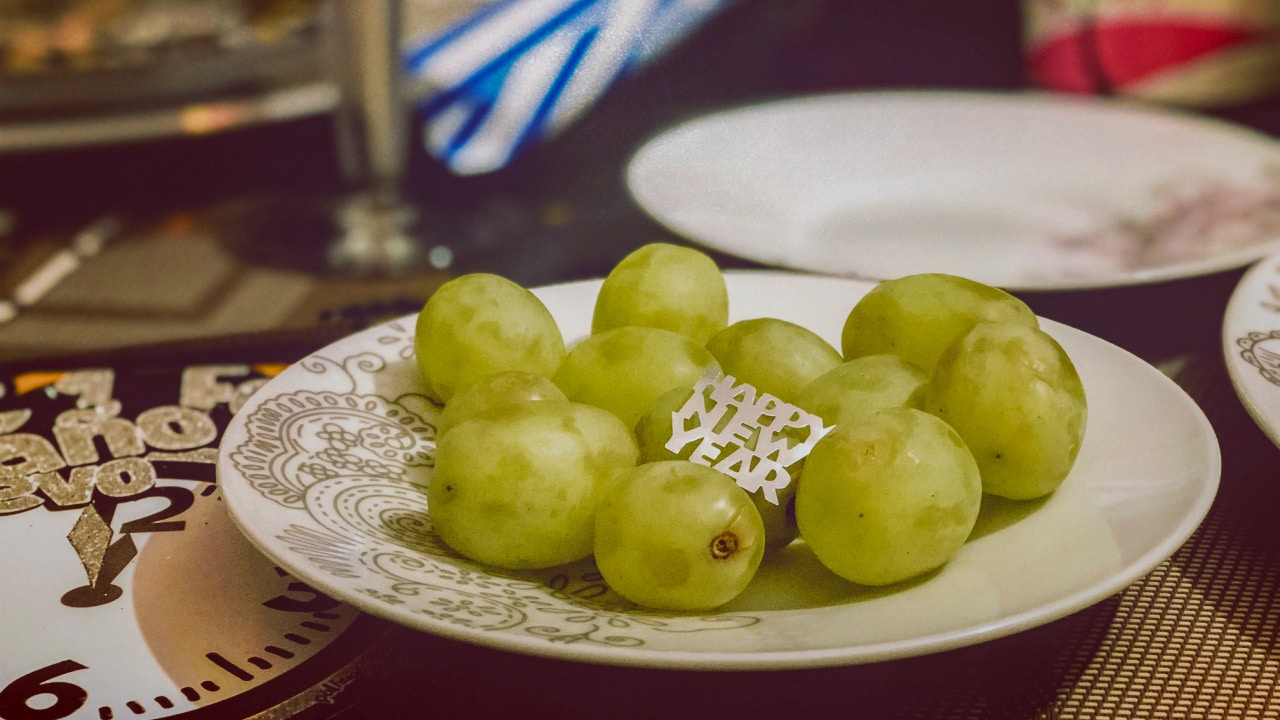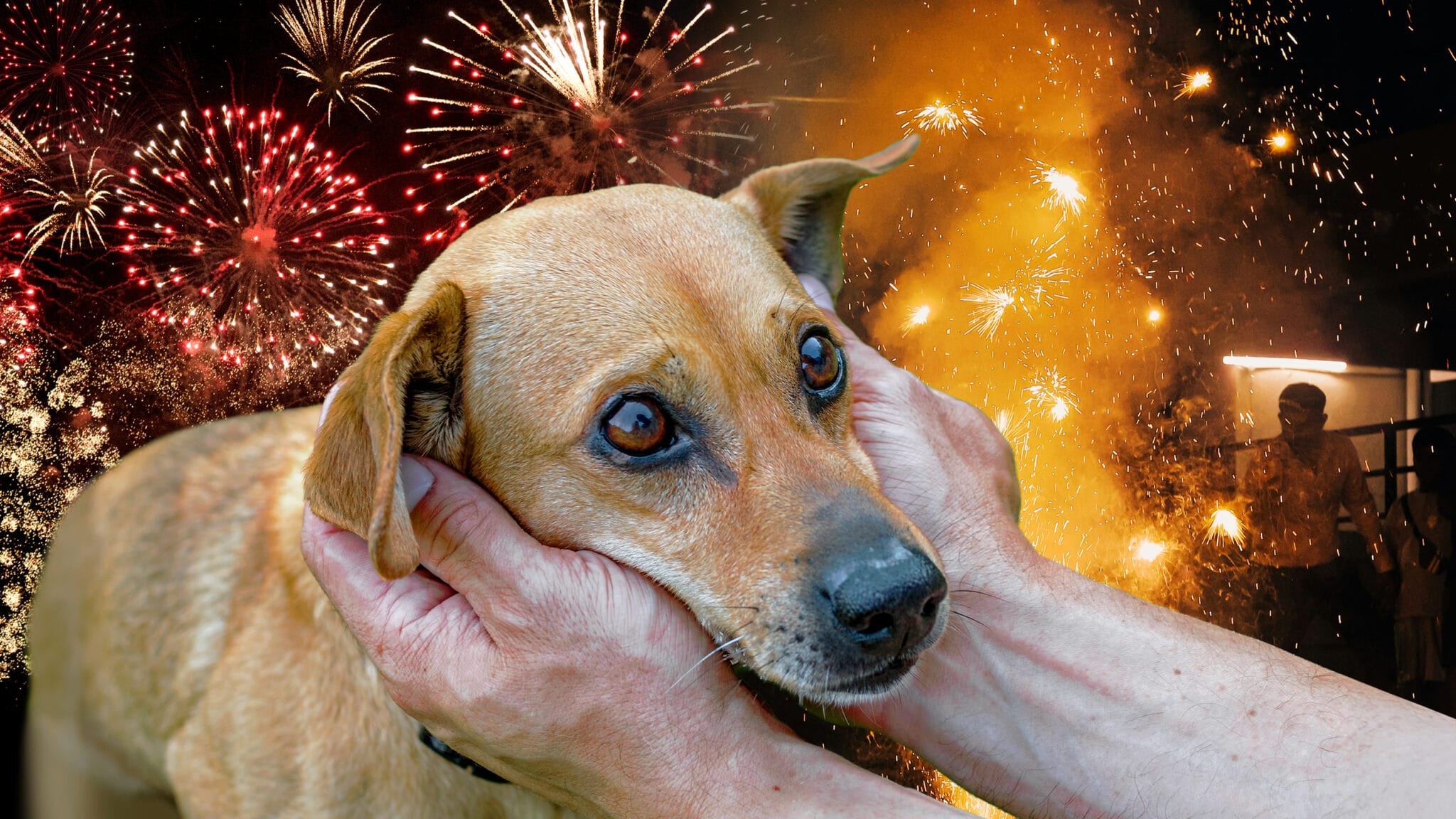Ancient Maya DNA Study Shows Surprising Findings About Their Child Sacrifice Rituals
The ancient Maya civilization— peppered throughout parts of modern-day Mexico, Guatemala, Belize, El Salvador and Honduras— is remembered for its complex society and belief system.
While its six million descendants keep several Mayan languages alive, we also hold on to the Maya’s calendar, its maize-heavy diet, and incredible structures found at sites such as Uaxactun, Sayil, and Copán. And when it comes to the ancient Maya’s religion, we know they believed in a supernatural realm and would communicate with dead ancestors. And yes, their religious beliefs involved human sacrifice rituals.
A recent Nature study tested the bone DNA of more than 60 sacrificed Maya children found in a chultun, or underground chamber, near Chichén Itzá. While the bones were technically found in the 1960s— and are dated between 500 to 900 C.E.— recent genetic tests revealed surprising findings about the Maya culture. While there are still rampant assumptions that Maya leaders mainly sacrificed young girls, namely virgins, new findings reveal the opposite.
The new study disproved a long-held theory about Maya sacrifices
The researchers’ findings point to surprising facts about the Maya’s belief system, refuting past claims about their cultural practices and why they sacrificed humans in the first place.
In the study published last month, scientists explained that all 64 sacrificed children were boys, and most were between the age of three to four years old. Even more, 25% of the remains were close relatives, such as brothers or cousins, and some were identical twins. As previously noted, the study runs contrary to some claims that the ancient Maya civilization sacrificed girls— or young virgins— to ensure a bountiful harvest. One researcher described, “It’s quite surprising… [This] tells us a completely different story.”
Interestingly enough, the new data is directly linked to the Maya sacred text “Popol Vuh.” Namely, the story of the “Hero Twins” Hunahpú and Xbalanqué: mythological twin boys born from a young maiden and a male skull. The twins have supernatural powers, converse with the gods throughout their life, and eventually become the sun and moon.
So what does this have to do with the child sacrifices? Well, as one study co-author explained to Science, the fact that all bones belonged to young boys— some twins— shows a “clear pattern” and link to the Hero Twins. “The selection of close relatives and twins pointed to the Hero Twins,” she explained. Another called it a “‘Holy hell’ moment.”
“This is the first evidence of Maya sacrifices involving twins, which were important for Maya [beliefs about the universe],” archaeogeneticist Rodrigo Barquera stated.
In the story, the twin boys travel to the spiritual realm, even vanquishing the “Lords of the Underworld.” The Hero Twins are sacrificed and resurrected, connecting to agricultural life cycles. Similarly, researchers believe the children may have been sacrificed to ensure a bountiful maize harvest, or as a gift to rain deity Chaac.
Meanwhile, the remains of the sacrificed boys showed they had similar diets, which may mean they were prepared for the ritual beforehand. Plus, radiocarbon dating showed that the children were sacrificed at specific intervals— possibly corresponding to a calendar.
This link with the Popol Vuh may prove that the Maya saw being sacrificed as an honor, not a punishment. Because many of the sacrificed children were family members, it could mean that this “honor” was reserved to very few society lineages.
Even more, the study also found that some Indigenous Maya people today are resistant to salmonella, pointing to how their ancestors survived the disease after Europeans brought it to America.




